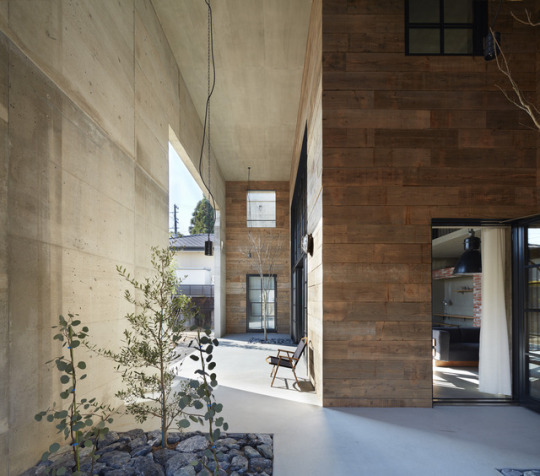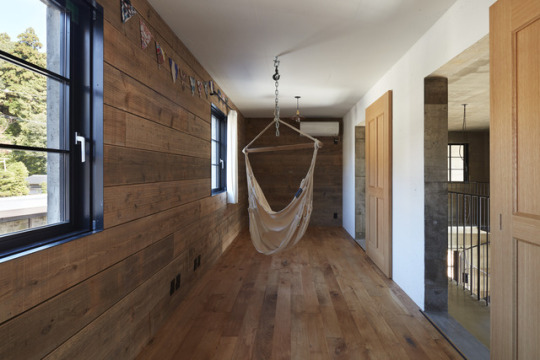Photo

Why the Fox Eye Trend is Problematic
Recently, this pose and makeup look has been circulating on various social media platforms. Celebrities, influencers, high-fashion models, and magazines have jumped onto the “fox eye” trend by first lining the inner and outer corners of the eye through makeup, then positing by pulling the eyes and cheeks backwards on the temples, making the face appear more defined, cat-like, or “snatched”. It also gives the eyes a more elongated, lifted, and slanted eye look. This look continues to be amplified and popularized by non-Asian women across the internet. However, this trend has offended many individuals of the Asian [American] community.
For decades, this motion of pulling back the eyes has been used to ridicule, isolate, and demean Asian people, generally those originating from Eastern Asia. Often paired with racial slurs, mimicking of language/accent, and yellow-face, this particular action is one of the most common displays of casual racism against Asian immigrants and Asian Americans. This problematic behaviour still happens today – in schools, in public, and in the workplace, to name a few. Young students are still ridiculed against due to their skin colour and facial features, saturating the idea of a sense of inferiority and vanity-based insecurity from a young age.
Why is a facial feature that has been deemed unattractive on Asians for years, now desirable by white individuals? This trend is similar to the concept of culture appropriation, where many white women/models have taken the makeup look and pose to accentuate features they find to be beautiful in current times; what used to be an unwanted and isolating characteristic has now been turned into a trend by white public figures in the fashion and beauty industry. Although cat-like, almond shaped eyes aren’t only strictly unique to the Asian community, it’s a distinguishing feature that many Asian individuals have been made fun of for being born with.
This trend is one of the countless microaggressions faced by coloured minorities to this day. Not to take away any traction and attention from Black Lives Matter movement at this current time, but racism towards Asians have been so deeply normalized in our society that it’s barely even a conversation.
https://advancingjustice-aajc.org/
3 notes
·
View notes
Text
How racism is perpetuated through design in everyday products and services:
As a communication designer and photographer, it’s important to acknowledge and dismantle bias and racism in my creative fields. Racism in not only the United States, but all of North America is by design, it is perpetuated continuously by product design and engineering, and in any predominantly white space. Although these processes were not meant to be intentionally malicious, you don’t have to be intentionally racist to be complicit in racism.
An example that dates back to the late 20th century, was when Kodak designed its original colour film in 1978. It was specifically made so that lighter skin tones appear the most vibrant and realistic after photographs were shot. Moreover, photo developers at the time receiving Kodak’s colour film received a “Shirley Card” along with the film that displays how to “properly” develop the film for optimal results. The card featured a white woman, resulting in poor film developing for darker skin toned individuals. Only was the film corrected years later due to complaints from furniture companies of lack of complexity captured on darker furniture, not due to the inability to effectively capture darker skin.
Another instance of racism embedded into design comes from face recognition technology in its first stages of development in 2015. Due to system mishaps from the designers and engineers of its artificial intelligence and machine learning software, Google photos labelled a picture of a Black man and woman as “gorillas”. In regards to how much the use of facial recognition technology has grown in law enforcement for identifying suspects, this was a huge flaw that could lead to concerning issues. In a 2019 US National Institute of Standards and Technology (NIST) study, research found that “most systems had a higher rate of false positive matches for Asian and African-American faces over Caucasian faces, sometimes by a factor of 10 or even 100. In other words, they were more likely to find a match when there wasn’t one” (Hao, 2019)
With so many new technologies currently under development and emerging everyday, racism is continuing to be heavily involved in the design of everyday objects and interactions in ways that affect people more than they think. As creatives contributing to such a saturated industry, it’s our responsibility to change our ignorance and acceptance towards them, recognize white privilege, and shift towards a truly anti-racist system of design thinking.
Sources: https://www.nytimes.com/2019/04/25/lens/sarah-lewis-racial-bias-photography.html https://www.technologyreview.com/2019/12/20/79/ai-face-recognition-racist-us-government-nist-study/
0 notes
Text
“Those poor boys”

“She deserves to be punished too.”

“I’m not saying I support rape, but-”

“Sorry to say - she deserved it.”

“She put herself in harm’s way”

“But if she was fingered, then that’s not rape.”

“She ruined their lives.”

1M notes
·
View notes
Photo

It makes a huge difference when someone noticeably changes after they apologize! 🌷❤️ That’s a sign that someone is mature and cares a lot about the relationship.
Instagram | Patreon | Webtoon
5K notes
·
View notes
Photo

My Patrons chose this drawing topic (comfort for a sad day), so thank them for this one! 😄 A little longer form because I felt like it’s important to realize you won’t be okay all the time! And no one really talks about it, but I want you all to know you’re not alone. I don’t feel okay for stretches of time sometimes, and that’s coming from a generally positive person. : ) Here’s to accepting those times and knowing they’ll pass.
Webtoon | Instagram
4K notes
·
View notes
Photo




170827 //
love is like a cigarette. it may get you sick but you’ll never get sick of it.
Keep reading
5K notes
·
View notes
Photo








Airhouse- Keiichi Kiriyama. 森町の家 - House in Morimachi. Japan. photos: Toshiyuki Yano
4K notes
·
View notes
Quote
Ask yourself this question: ‘Will this matter a year from now?’
Richard Carlson (via macadameia)
5K notes
·
View notes
Photo








The Pump House (3D)
Follow Gravity Home: Blog - Instagram - Pinterest - Facebook - Shop
2K notes
·
View notes
Photo



Vinyls Mix Hair Salon | Sides Core
Japanese studio Sides Core has created a space inside a hair salon for the owner’s books, art and music. The staff has curated a collection of books to showcase their ideas and personalities. The owner’s idea was to integrate music, art and other forms of cultural expression into a hair salon. They decided to create a library room towards the back of the salon, where floor-to-ceiling shelves made from plywood are used to store books and records. Plywood was also used to create a simple trestle-legged table where customers and staff can sit and read.
113 notes
·
View notes






